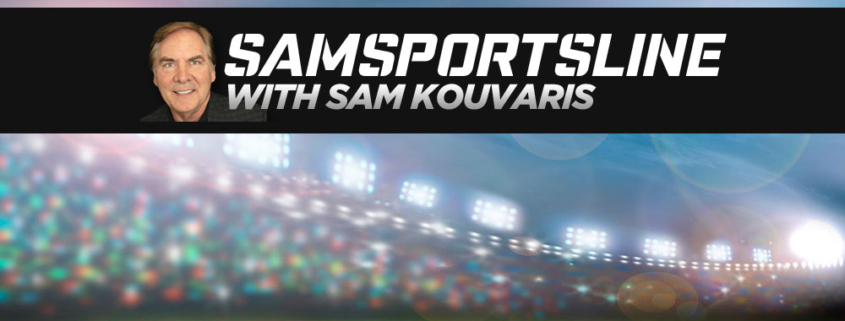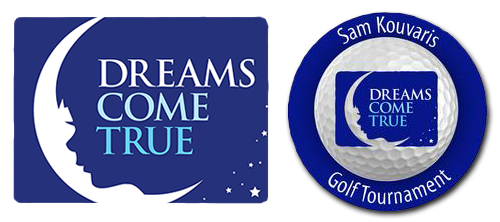Earnhardt
As the two cars he owned flashed past the checkered flag in the 43rd Daytona 500, Dale Earnhardt’s life had already ended. Racing inches apart in a pack of cars in turn 4, Earnhardt’s Chevy was touched by Sterling Marlin, dropped down to the bottom of the track then shot up into the outside retaining wall at about 180 mph, hitting it head on.
Had anything else happened, another car touched him on the way up, Kenny Schrader hit him earlier, anything, and Dale Earnhardt might be alive. But Earnhardt’s neck took the brunt of the impact and he died instantly. When Schrader looked into the 3 car in the infield and immediately called for emergency personnel, you knew it was really bad. And when NASCAR officials and others associated with the track were mum about his condition, we feared the worst.
But when the announcement came, just before seven o’clock, there was a real sense of disbelief.
Earnhardt? Dead? Impossible!
He’s the guy who always walks away! He’s the Intimidator! But it is true and perhaps NASCAR’s greatest driver and certainly their biggest star is now gone.
The only thing that overshadows his death is his life itself. His career is nearly unmatched. Seven Winston Cup titles, 76 NASCAR victories, 34 wins at Daytona in all kinds of races, two-time American Driver of the Year. By any measure, his career stats put him among the best ever. But it was his style, his attitude that separated Earnhardt from the field, and fans loved him, or hated him for it.
As he sat in his car prior to this year’s Bud Shootout at Daytona, a reporter asked Earnhardt if he had a strategy for the race. “Get to the front,” he said slyly with a smile. “And then,” the reporter continued. “Stay there,” Earnhardt replied. That was it in a nutshell. Get to the front and stay there. Don’t be content with second if you can be first or even tenth if you can be ninth. Earnhardt brought an attitude to the track that he was going to win. Period. Anything else is less than acceptable. His fans loved it. They knew he’d do just about anything to be the winner, even bend the rules a little bit. If it meant shoving somebody out of the way, or putting them in the wall, he’d do it. Yet, Earnhardt was never accused of being a dirty driver, just aggressive. He was considered one of the safest drivers during his best years in the early ‘90’s. His style polarized the fans. There were those for Earnhardt, and then the A.B.E’s. Anybody But Earnhardt.
People “connected” with Earnhardt. He was a son of the South, and made no excuses for it. He made NASCAR fans proud to be NASCAR fans. You couldn’t go five feet at a race and not see something with the famous “3” on it.
It would be hard to overstate the loss NASCAR has suffered with Earnhardt’s death. The most famous driver, still at the top of his game, gone. Killed on the biggest stage in the sport at the beginning of what NASCAR had hoped to be their biggest year ever. For all the talk about restrictor plates, aerodynamic packages, new sponsors and the new television contract, there is no getting around the risk inherent in the sport. We’re just reminded of that too often.
The safety of the drivers, the safety of the fans and the competitive nature of the racing are NASCAR’s biggest concerns. Finding the right balance between the three is a delicate juggling act. Yes, the Daytona 500 was as competitive as ever, but at what price? Were the drivers involved in the wreck on lap 174 just lucky to walk away? One accident, nineteen cars.
Last year’s three NASCAR deaths and now Earnhardt’s have all been attributed to trauma to the base of the driver’s skull. Would wearing the HANS device, designed to keep the head in place during an accident, have saved those drivers? His voice cracking, the trauma surgeon at Daytona speculated he didn’t think so yesterday at the track.
Dale’s death will make NASCAR take an even closer look at driver safety, especially on the high-speed, super speedways.
When a NASCAR driver is killed, the sport usually takes care of itself. It’s a part of the game, they tell themselves. Because the popularity is so personality driven, the fans take it hard. Drivers spend hours with the sponsors, fans and media to fulfill one of the primary functions of NASCAR itself: promote the product. Even though there are “teams” in NASCAR, the only faces recognizable are the ones behind the wheel. Earnhardt’s was the most recognizable face. He was the face of NASCAR.
As a reporter, I covered Earnhardt’s entire career. From his first appearance in 1979 to his final race at Daytona. I liked Dale. I was even an Earnhardt fan. He could be short with the media, but usually only after a failure in a race that didn’t make sense to him. His approach to the sport appealed to me. He was meticulous in his preparation and interested in one thing: winning. After his victory at Daytona in 1998 I have never seen a competitor that happy. No post-game locker room celebrations at the Super Bowl or the World Series matched the mixture of joy, relief and accomplishment Earnhardt displayed that evening. Like most fans, I checked on Dale’s position at every race. At Daytona I noted who’s leading and: Where’s Dale? He was my favorite driver. And one of my favorite people in all of sports.
And I’ll miss him.



